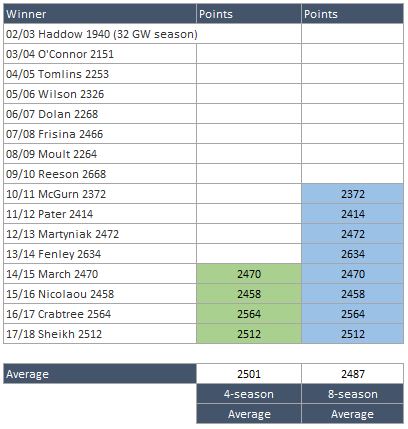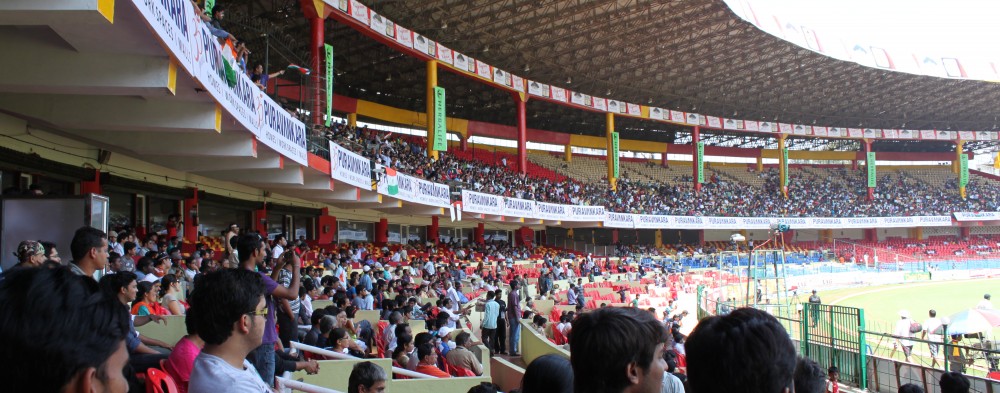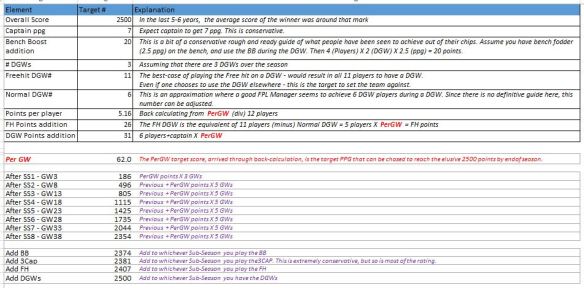I play FPL the non-competitive way.
The basic philosophy of my method is that I just target to get the maximum number of points that I can get, in a complete vacuum.
Question, therefore: What do I mean by ‘In a vacuum’?
It means that I do not bother about what the other 5.8 million teams playing FPL are doing. Completely.
I do not care about differentials. I do not care about ownership percentages. I do not care about week-on-week rank, even.
(Okay, so I do not manage to quite do this last thing. Though I really want to get to that zen state)
I just try to get the maximum number of points I can get. That’s all. The rank will take care of itself.
There are some tenets around it. Some practicalities. Because IMHO, what is your rank anyway? Your rank is a way in which you understand how well you are doing in the game.
Instead of rank, what I would do is, I set up point milestones across gameweeks, and that will help me track my performance.
Tenet 1. 2500 points
Where does this number of 2500 come from? Well, experienced FPL players would know that in the last 4 seasons, if you average the points that the winner got, it comes to 2501. I round it to 2500.

If you get 2500 points, you will win FPL, or will be well darn close.
Tenet 2: Sub seasons.
So you have a huge number of points. 2500. You have a huge number of gameweeks. 38. That’s the elephant you will have to eat.
How do you eat the elephant?
.
.
.
.
.
You eat it one bite at a time.
Let’s try to eat the elephant one bit at a time, then. I have broken up the season into eight (8) chunks of 5 GWs each, with the first chunk worth 3 GWs. Each is a Sub-season. Each sub-season will have an expected number of points that I need to get. The actual score will be compared with the target, and the surplus / deficit of actual vs target will be carried forward to the next sub-season.
I have mathematically allocated scores for each chip, and whichever sub-season a chip is played, will have the Chip target added to it. (I will be happy to mention details of this in subsequent posts, right here in my 50-followers blog and 120 followers at Twitter. My FISO friends already know).
So what do we have now? We have broken down a target of 2500 points over the length of the season, into constituent targets for 8 sub-seasons. That would be the smaller points-target.
Tenet 3: price point targets
But even 5-week score is a very vague target. I need something that is easier to digest, and track on a week-on-week measure.
One-week score? No, that will be bad. I do not want to play week-on-week, and make rash decisions based on one-week performances. I like the reasonable estimate that 5 weeks provides. Then instead, I take the 11 slots in my team (in whichever formation I play), and for each slot, I set up a 5-GW target. But what should the target be?
So I have created price points, and targets per price-point. I have taken Mike Croom’s plotting of all the GK, DF, MD and FWs, rejected the players who were chosen by less than 5% teams at an average, and who played less than 10 games – and drew a trendline across them. Now I have points-per-game (ppg) targets for each price-points for 11 slots in my team. That can easily built up for 5 gameweeks, which is one sub-season.
Price points, and FPL-point-targets per price-point, for 11 slots, across 5 Gameweeks.
And that is what I track every week.

 Milestones
Milestones